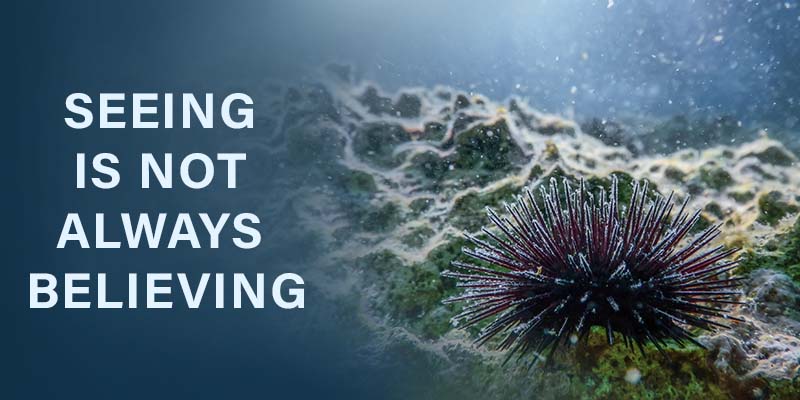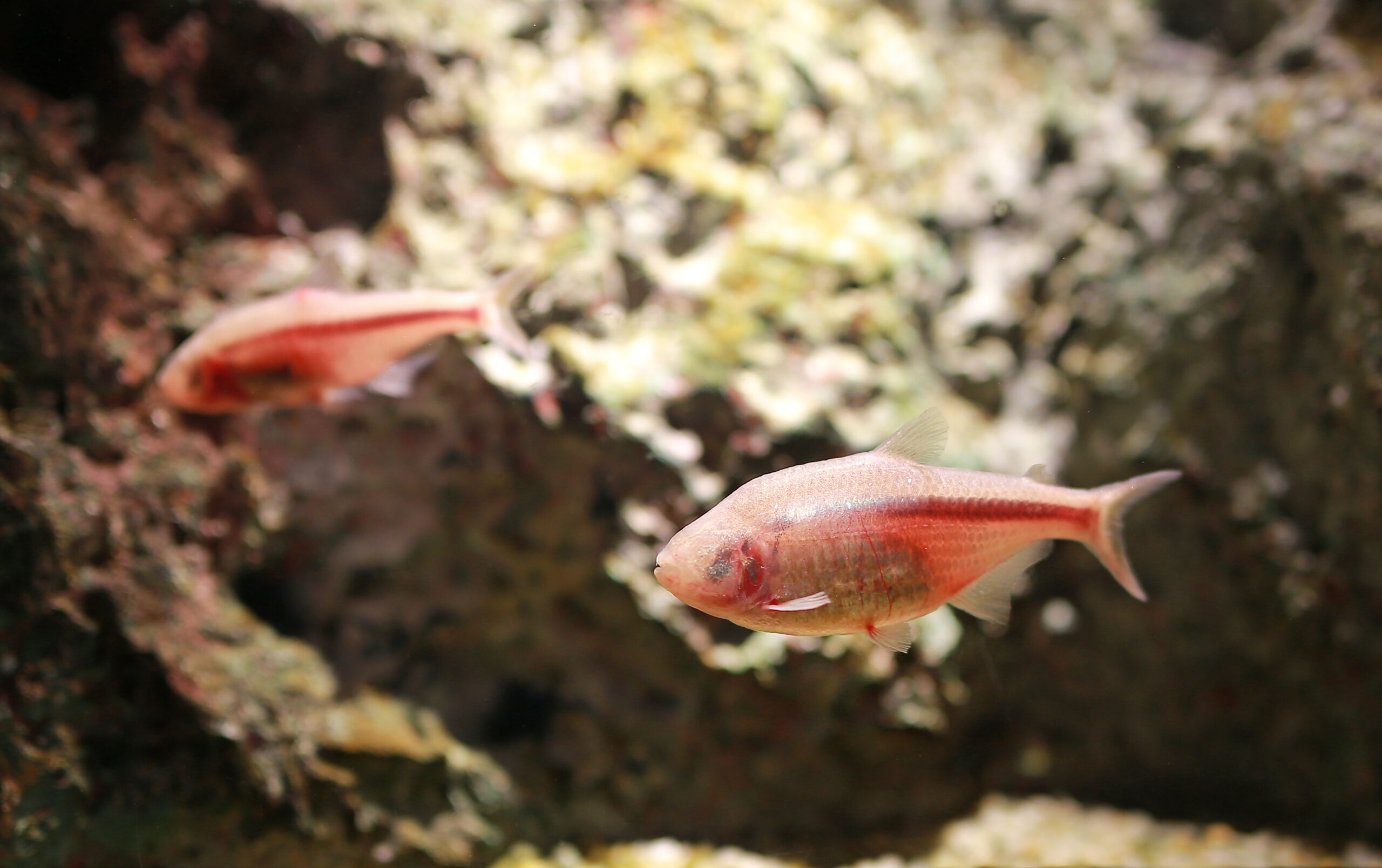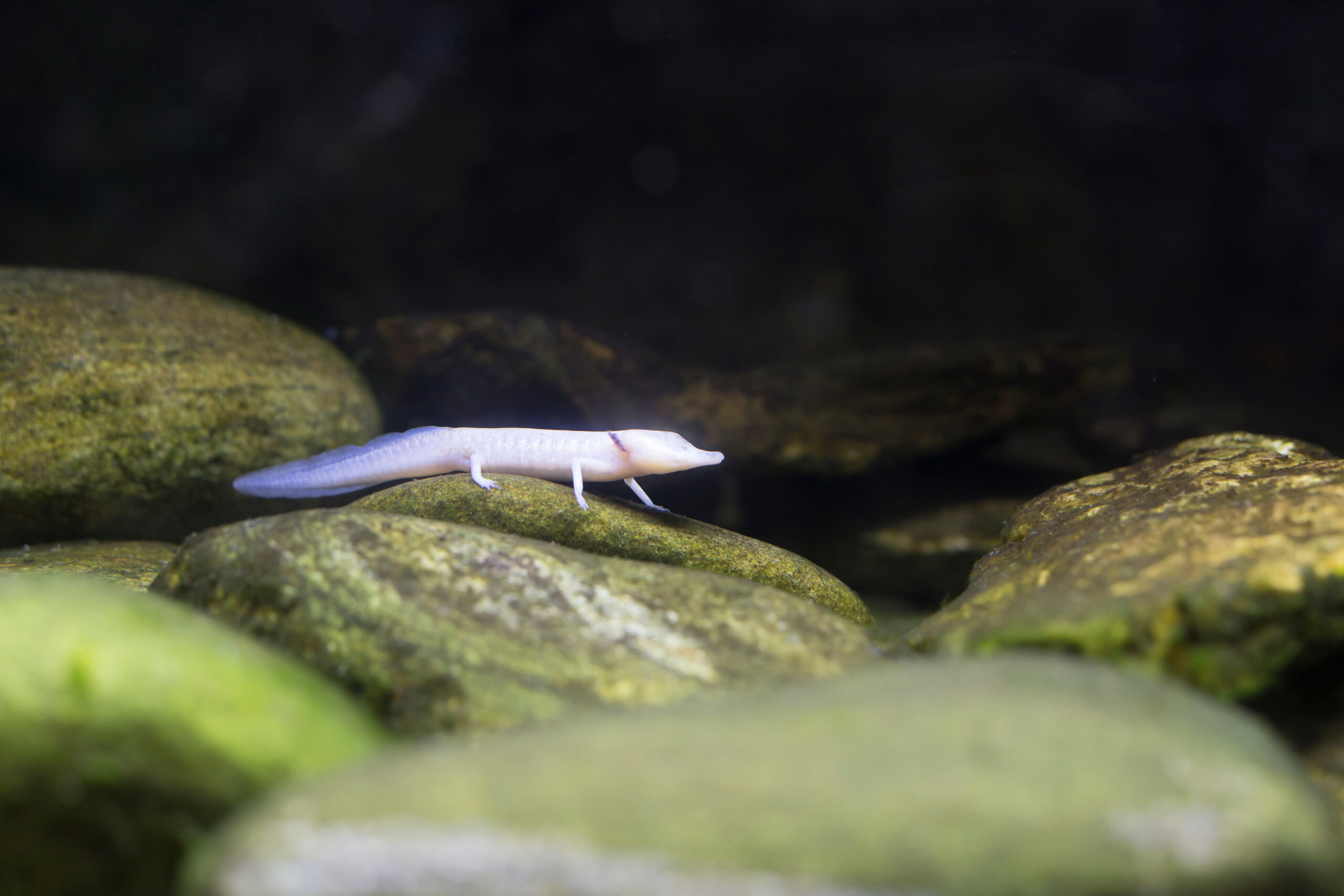
Human beings may count vision as one of our five senses, but you would be surprised to know that some animals don’t need it at all! We can name several such creatures who, instead of seeing with their eyes, can use a number of other senses to understand their surroundings, travel and more. Researchers have found that a species of brittle stars, which are relatives of starfish, can see even though they don’t have eyes. And this ability is called extraocular vision. Researchers earlier have defined it as the “ability to resolve scenes without discrete eyes.”
In creatures such as sea urchins and brittle stars, researchers suspect that extraocular vision is facilitated by the photoreceptor cells found on their bodies. Recent findings published by scientists from the University of Oxford had conducted an experiment by placing brittle stars in a circular arena in their laboratory. These creatures moved toward walls that were white with a black bar, suggestive of a daytime hiding place. When the scientists included grey walls, the brittle stars still moved towards the black stripe, which was centred on a white stripe. As per this, the researchers suggested that a brittle star sees with the help of light-sensing cells that cover its entire body. These light-sensing cells give the creature visual stimuli, allowing it to recognise coarse structures such as rocks. Another peculiar feature of the red brittle star that the scientists found is its signature colour change. While the creature is of a deep red colour during the day, it transforms to beige at night. The researchers think that there might be a link between the creature’s extraocular vision and colour changing abilities since the responses they observed in the creatures tested during the day disappeared in those that were tested at night.
Apart from brittle stars, there are other creatures found in nature who can see without their eyes. Let’s look at some of them and see how these creatures sense light, travel in their surroundings and gather food.

SEA URCHINS
Sea urchins respond to light in various ways: they might change colour, twitch their spines or move toward or away from the light source. Scientists have known this for decades, but they could never be certain how urchins detect light because no known species of these creatures has eyes of any kind. Scientists then found that the net of nerves enveloping an urchin’s body included some diffused light-sensitive tissue. However, recent studies and research have yielded results that sea urchins have a much more organised visual system than anyone expected.
Hydras, who are considered tiny relatives of jellyfish, have thin tubular bodies crowned with slender tentacles. They are usually known to cling to weeds, stinging and eating even tinier aquatic invertebrates that swim by, such as water fleas (daphnia). Hydras, like sea urchins, also respond to light even though they lack eyes.

Japanese yellow swallowtail butterflies are able to see with their rear ends, while they do not have eyes. More specifically, they have two light-sensitive neurons called photoreceptors on their abdomens, right next to their genitals!

The Mexican Tetra is known to be a blind fish species that inhabits caves and has adapted to its pitch dark surroundings. Evidence of this adaptation is quite distinctively present in the fish’s lack of eyes. These non-sighted swimmers get around with the help of water pressure. What’s more surprising is that even though the fish have been fine without eyes for generations, sometimes they can mate and produce sighted offspring.

The Texas Blind Salamander has been living in underground waters for several years now. These creatures do not have eyes and they have evolved to a point that they can do without it. Instead of sight, this animal also uses water pressure waves to travel and hunt for food.
Do you know any other creatures that can see without eyes? Then tell us in the comments below.
Did you enjoy reading this? Then check out similar stories on The Learning Tree blog:
180-Million-Year Old Ichthyosaur Discovered in the UK
How do Astronauts Eat, Sleep and go to the Bathroom in Space?
Writing has always been Shreesha’s passion, be it for imparting knowledge or expressing opinions. In her former role as a journalist, she contributed to enriching society with knowledge. Now, at BYJU’S, she has moved on to something more exciting – creating tailor-made content for students. When she is not writing, you would find her looking for new ways to engage her child.